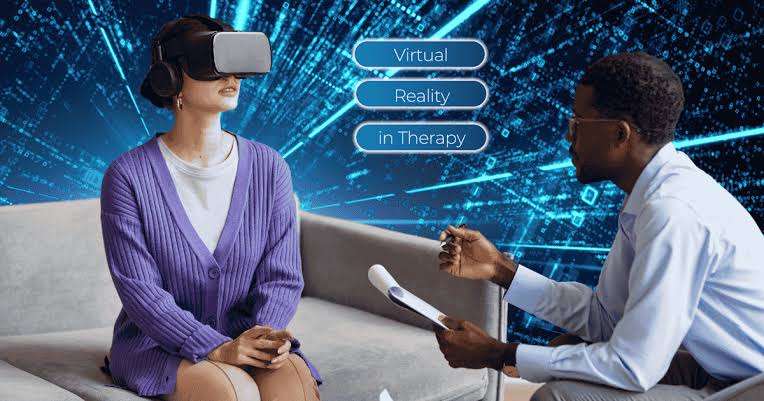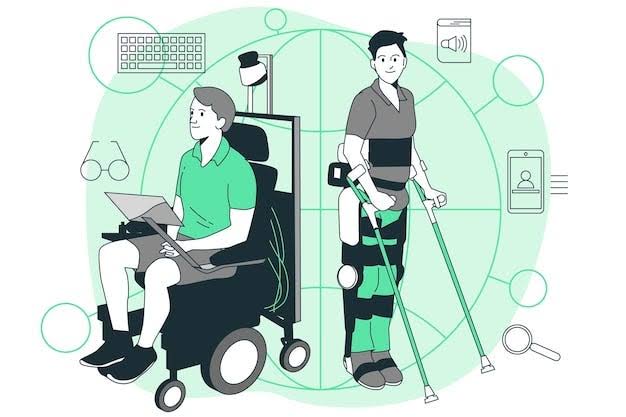Virtual Reality (VR) has evolved from being primarily an entertainment tool into a powerful therapeutic technology. Over the past decade, advancements in VR have transformed how healthcare professionals deliver therapy, offering immersive and interactive environments that can significantly improve patient outcomes. The combination of more affordable VR devices, improved graphics, and specialized software has made the technology increasingly accessible in clinical settings.
Enhanced Immersive Experiences for Mental Health
One of the most notable uses of VR in therapy is in treating mental health conditions such as anxiety disorders, post-traumatic stress disorder (PTSD), and phobias. VR allows patients to safely face triggering situations in controlled virtual environments, enabling gradual desensitization.
Key improvements include:
- High-definition graphics and realistic environments that mimic real-life scenarios
- Adjustable intensity levels, allowing therapists to tailor exposure to each patient’s comfort
- Real-time tracking of physiological responses such as heart rate to monitor progress
This approach has been especially useful for patients who may find in-person exposure therapy overwhelming.
Physical Rehabilitation with VR Integration
VR has also advanced in physical therapy, helping patients recover from injuries, surgeries, or neurological conditions. By gamifying rehabilitation exercises, VR keeps patients motivated while providing real-time feedback on movement and posture.
Modern VR rehab systems offer:
- Motion capture technology for precise tracking of limb movements
- Customized exercise programs based on individual mobility levels
- Progress monitoring to adjust difficulty as recovery improves
These interactive sessions often make therapy more engaging, leading to better adherence and faster recovery.
VR for Pain Management
Recent VR innovations have shown promise in reducing the perception of pain during medical procedures or chronic pain management. Immersive virtual worlds can distract patients from discomfort by engaging multiple senses.
Benefits include:
- Reduced need for pain medications in certain cases
- Relaxation and stress reduction through calming VR environments
- Distraction techniques during wound care, dental treatments, or chemotherapy
This approach is increasingly being tested in hospitals to improve patient comfort.
Cognitive and Neurological Therapy
For patients with cognitive impairments, such as those recovering from strokes or living with dementia, VR provides stimulating environments that encourage mental engagement. Therapy programs often simulate real-life tasks to help rebuild cognitive skills.
Advancements in this area include:
- VR scenarios that mimic grocery shopping, cooking, or navigation
- Adaptive challenges to match the patient’s cognitive ability
- Data collection to track improvements over time
This creates a safe space for practicing skills without the risks of real-world mistakes.
Remote and Home-Based VR Therapy
With the growth of telehealth, VR therapy can now be delivered remotely. Patients can use consumer-grade VR headsets at home while therapists guide sessions virtually.
Key developments enabling this include:
- Wireless VR systems with lighter and more comfortable headsets
- Cloud-based therapy platforms for secure session management
- Integration with wearable health devices for remote monitoring
This makes therapy more accessible to patients in rural or underserved areas.
The Future of VR in Therapy
Looking ahead, further advancements are expected to improve personalization and effectiveness. Artificial intelligence could tailor therapy in real time, while haptic feedback systems could enhance the sense of touch in VR environments. Additionally, collaborations between tech companies and healthcare providers will likely expand the range of specialized VR therapeutic programs.
As VR technology continues to evolve, its role in therapy is set to grow, providing more accessible, effective, and engaging treatment options for both mental and physical health conditions.




fbbgkr
I don’t think it would be of all best interest in such ways
VR technology has quite a number of applications